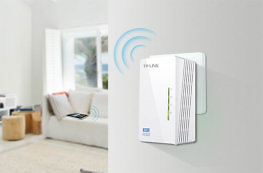Almost every household has one but only a few actually decided on their model. Wireless routers have become the common centrepiece of every home network. But customers usually stick to the router their internet provider provided them with. Especially laymen find it hard and unnerving should they ever have to buy such a device on their own. Which is which, actually? Why can routers have so many different names? Why is the price range so huge? In this text, we want to shed light on the dark of these questions and explain everything you need to know before buying a Wireless router.
1. What Routers Are Capable of Nowadays
In the good old days of computers, routers were the base station of a network. Every client was connected via LAN cable. Today, almost all routers are capable of wireless communication. And that’s not all: It has become the common norm that a lot of additional features are router-integrated. Where there used to be a whole array of different blinking boxes, today there is only one.
Very common are routers with an integrated DSL-modem. Without the modem, the router is only capable of connecting your home computers, but can not connect to the world wide web. DSL may be the most popular internet connection, but it is not the only one; anyone going online via TV cable needs a router with an integrated cable modem or, again, two different kinds of boxes.
Telephony is equally common: Telephone calls via internet are easy, if the router is a base station as well. Devices with a simple telephone socket or with a complete DECT base station to set up landline telephones are available. Still, everyone has to decide for themselves which set-up suits them best: Routers with a lot of additional features are more easily and comfortably set up, but are usually more suited for users with at least some technological knowledge.
2. Antennae and Speed
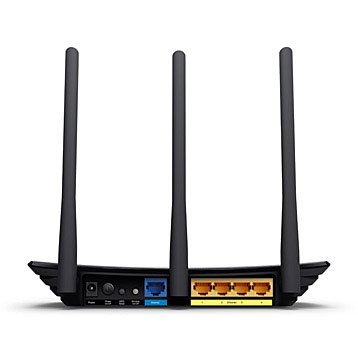
Even if your internet connection at home is a broadband one, which is to say you have a DSL or TV cable internet connection, the data often times only crawls slowly across the airwaves. Is it because of your router? Possibly. But there are a lot of different factors determining whether your router is fast or not. Here are a few simple compulsory requirements for a fast WiFi internet:
A router of recent age is capable of the IEEE-standard 802.11n, often shortened to Wireless-N. Anyone not actually living in a remote mountain region should choose a dual-band router. These work within the 2.4 and 5.0 GHz frequencies and thus have the option to sidestep from one to the other, should numerous radio sources overlap.
Other important questions need to be addressed as well, but they are often coupled with your needs and your budget. Anyone wanting the fastest connection possible should choose a router capable of the new IEEE-standard 802.11ac (Wireless-AC). The additional bandwidth is not only important when it comes to attainable top speeds. It also increases your average speed.
Antennae play a vital role for especially stable connections even across obstacles such as walls or other interference sources. The more antennae the better, even a third antennae is actually useful. In the following, we provide an overview over the different WiFi standards:
- 802.11 – 2.4 GHz band – max. 1 Mbps
- 802.11a/h/j – 5.0 GHz band – max. 54 Mbps
- 802.11b – 2.4 GHz band – max. 11 Mbps
- 802.11g – 2.4 GHz band – max. 54 Mbps
- 802.11n – 2.4 and 5.0 GHz band – max. 600 Mbps
- 802.11ac – 5.0 GHz band – max. 1300 Mbps
- 802.11ad – 60 GHz band – max. 7000 Mbps
3. Neat Additional Features
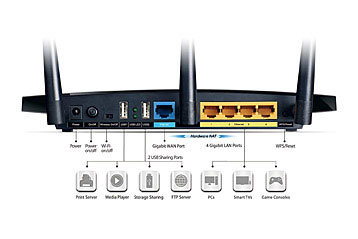
To stand out in the vast amount of available routers, many come with certain additional features. Mostly, these should not be the determining factor when purchasing a new device, but they can tip the scale in favour of one or the other. Routers with a WPS button are generally easy to set up. Even laymen will not have any problems when installing their WiFi with this. Anyone who wants to grant WiFi access to their guests, as it is a common notion of hospitality these days, always looks good with a device coming with a QR-code sticker attached to it. You can take a picture of the code with your smartphone and thus attain the necessary login data for your phone.
Integrated interfaces in your router are becoming equally important these days. You will need to take a look at the data sheet as well as the casing of your device: Are all LAN-interfaces capable of gigabit speed? Does the router come with USB 3.0 ports or just with the slower USB 2.0 ports? These are especially important when it comes to using some of the neat additional features. A printer connected to the router can be accessed by all network clients.
The idea of a simple backup or media store is becoming increasingly popular: The best routers allow for an external hard drive to be plugged in and thus grant an easy access to it via the network. Even more secure is, of course, the backup on an external memory device. Which doesn’t pose a problem: Many routers come with such a feature already installed, capable of saving data from your computer in the Cloud. Your computer is capable of this as well, but the once installed backup-via-router doesn’t strain your resources as much.
4. Setting up a Wireless Router or WiFi Network
Computers may be omnipresent nowadays, but for many users they still resemble something like magic. Even fundamental tasks can thus be dreadful. WiFi, for instance. Installing a wireless network is simple; unless it’s not working. We therefor offer here a short guide and a few helpful suggestions.
4.1 Requirements
WiFi is, simply put, a wireless network, it is not synonymous with the internet. How to install a connection to the internet depends on the way of access and the devices used to gain this access. WiFi requires a wireless router – usually integrated in the device functioning as a DSL-modem. The remote terminals need to be capable of WiFi as well. Laptops, tablets and smartphones usually are, whereas tower PCs don’t have to be. If the faster 802.11n-standard is to be used, then both router and terminal need to support the standard. The higher maximum speed is important – in densely populated areas there usually is only a percentage of it attainable.
4.2 Placing the Device

How happy you will actually be with your new router depends not only on the model you choose. It needs to be set up correctly as well. Some rules of thumb are fairly obvious, but for the sake of completeness, here they are:
- Few obstacles and short distances are essential for a good signal quality.
- Routers should thus be installed in an elevated position, should not be hidden away in closets or the like, and should also not be placed behind radiators, computers or other electronic devices.
- If the router comes with different adjustable antennae, then they should point away from each other to guarantee ideal range coverage.
4.3 Establishing a Connection
When the router is activated, you need to look for connections on the terminal device. Smartphones and modern-day PCs are generally equipped with the possibility to look for and display available connections. In factory setting, the correct network almost always uses the router’s model name as identification. The password usually comes attached to the device itself. Follow these instructions and your connection is established and all necessary preparations are taken care of – or are they?
4.4 Secure Your WiFi Network
Lots of people stop right then. Which is kind of risky. Certain measures should be taken care of to increase your network’s security. You can usually access your router’s settings by typing a certain address into your browser, once you are connected. The configuration itself then follows via a web page in your browser.
The following settings are really important:
- The password should be changed. More important than the inclusion of cryptic lines of special characters which nobody can really remember is your password’s length. A password comprised of multiple words is not only safer, but it is also more easily remembered.
- Encryption is usually activated, but there exist considerable differences when it comes to actual security. Look into your settings: WPA2 is an absolute must, WEP is more than unsafe.
- Additional security can be achieved by hiding your SSID (your network’s name). The name doesn’t come up in network search anymore, but you can easily enter it manually. You can also re-name your network in such a way that you can remember the name more easily.
- Blocking your router for new devices is easy and effective. Once all your devices are connected to the router, you can change the settings so no new devices will be allowed in. A guest-access is useful when you want to provide your house-guests access with their tablets or smartphones.
- Is it possible to achieve even higher security? It always is. From Mac-filters to passwords for general access to the router, even special protective software, there are lots of measures to increase your security. With WPA2, a good password, an invisible SSID, and the restriction concerning new devices, you are already better secured than most online surfers.
4.5 Transmission Power
One of the most common problems with WiFi is not security, but transmitting power. WiFi connections often are slow. There are many different reasons for that and even more solutions to it. The topic is complex enough to warrant a guide of its own at WiFi boosters.
5. Other Suggestions for Your WiFi Network
There’s WLAN without the W
You absolutely can not get a connection and need online help? Connect your computer to the internet using a LAN-cable. This way you can at least be online and look for help.
The Router Protocol
Should you need help in case something is not working properly, you usually need the router protocol where detailed information to your connections, disconnections, and general error reports are stored. Before asking customer support via phone or online for help, you should find the protocol in your browser’s administration or system files and copy it to your computer. Enclose the protocol when asking for help.
Up to Date
Every time something is not working correctly, even if it is just a minor malfunction, the first question popping up on online message boards is always about updates. Are the computer’s drivers up to date? On computers using Windows, the automated Windows-update generally takes care of this. But routers need the newest firmware as well. This update is best obtained via browser-control.
Multiple Options
There are multiple options and ways of getting online. With these basic tips we can only establish basic orientation. For every router, there exist different tips and tricks; the same is true for every terminal device. But for most users, these suggestions listed here should be more than sufficient. Use them as a map to navigate the multiple ways leading online and you won’t get lost.
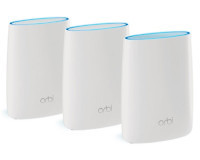
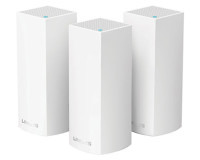
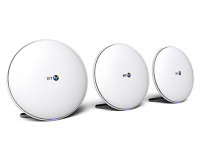
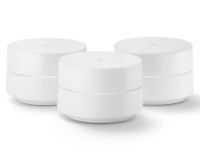
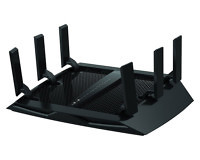
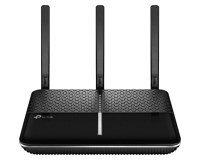
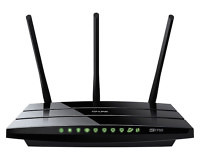
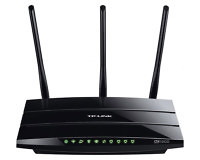
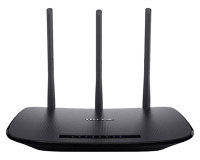
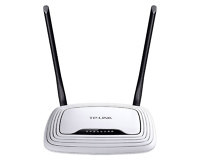
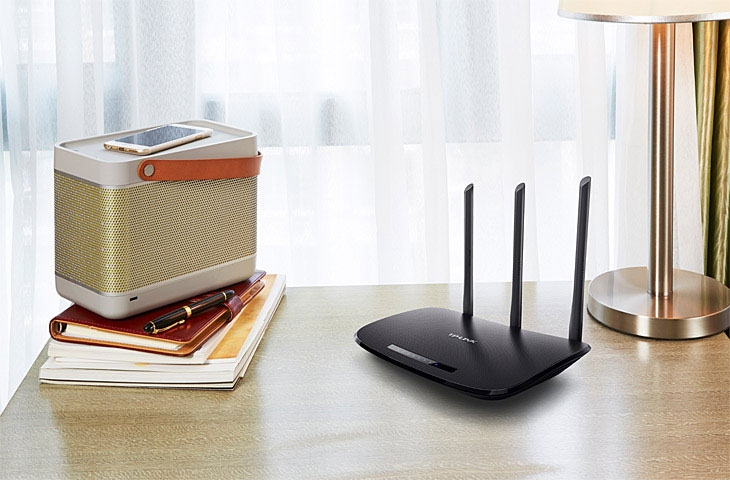

 (24)
(24)
